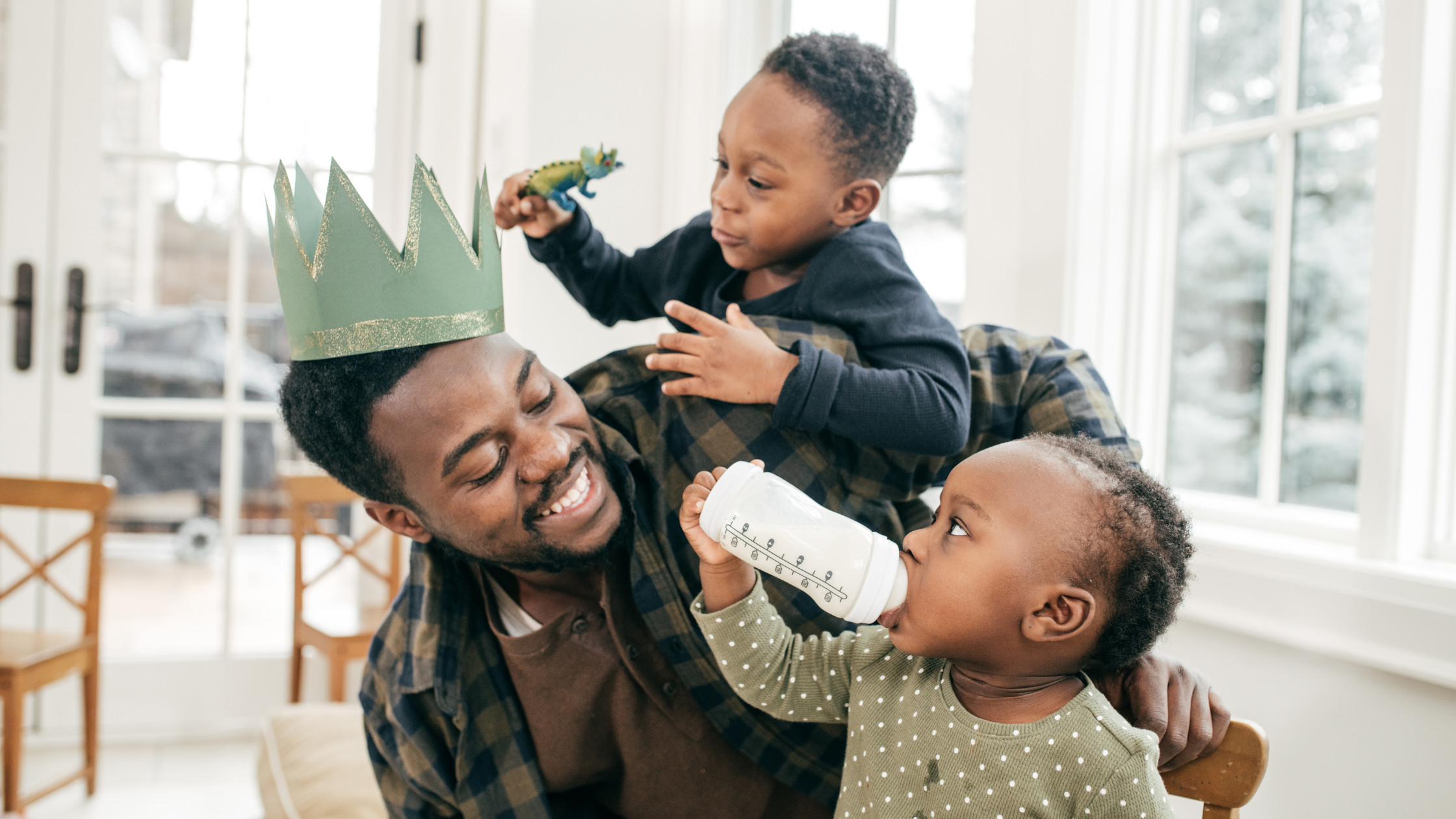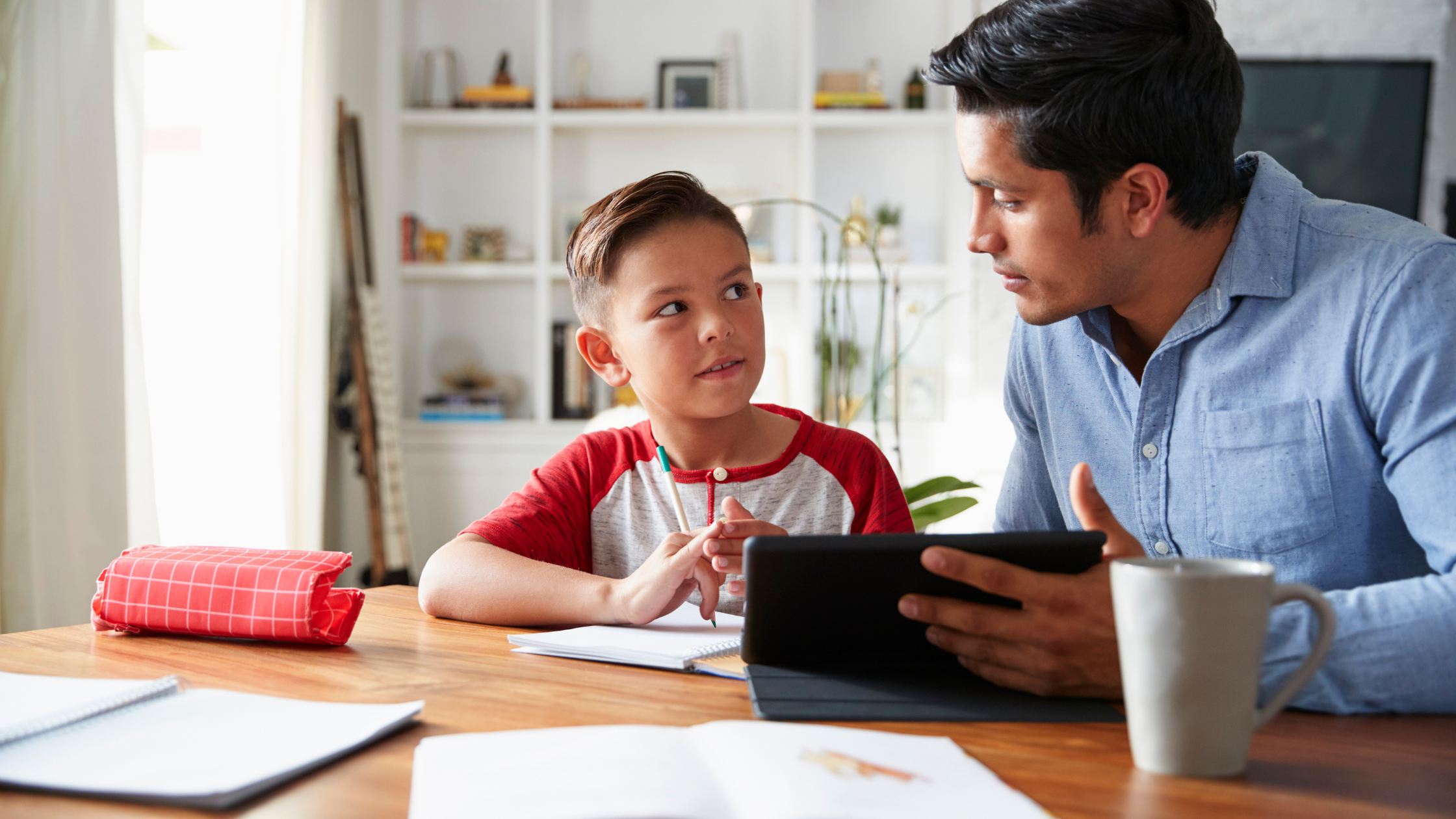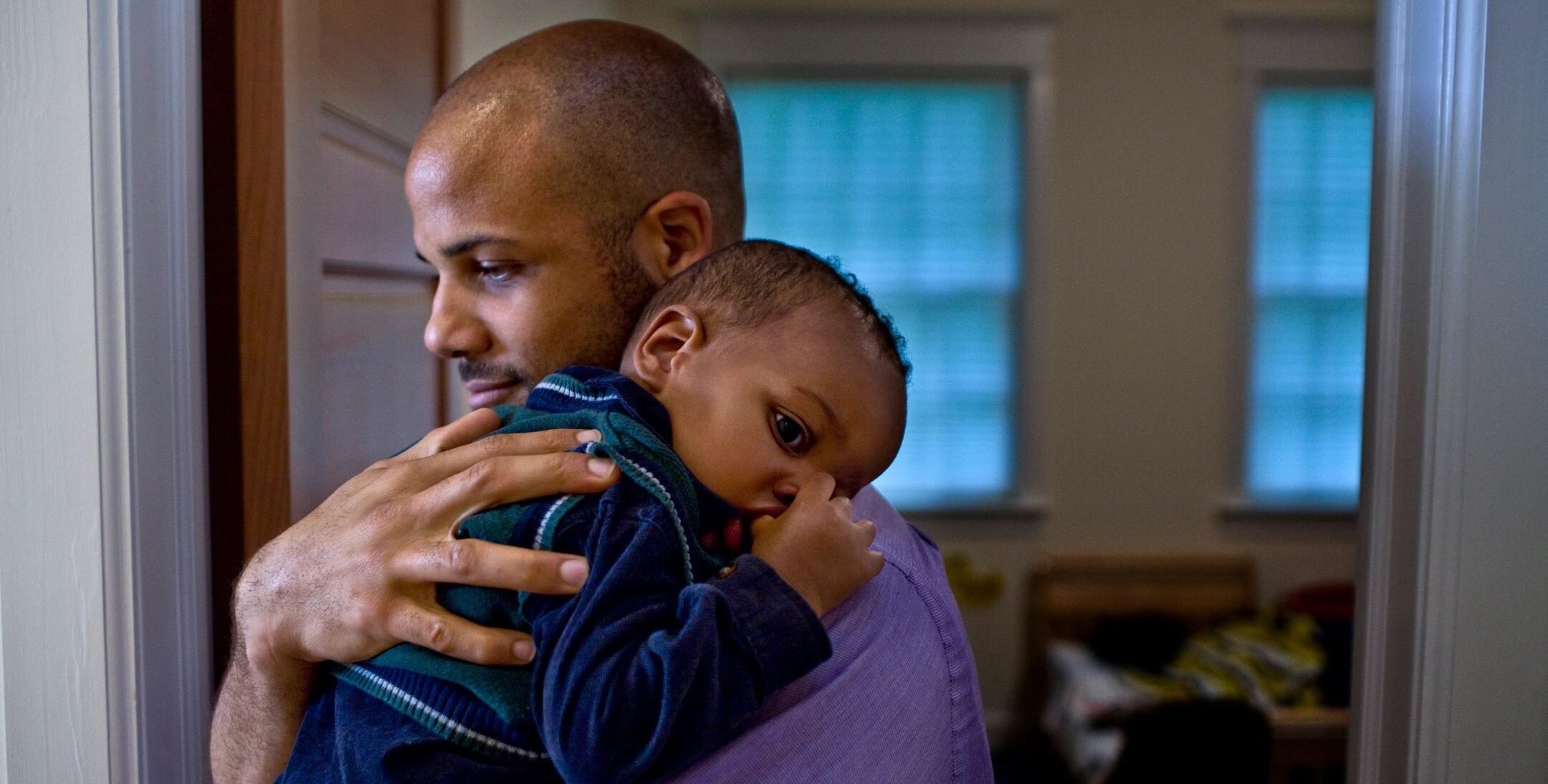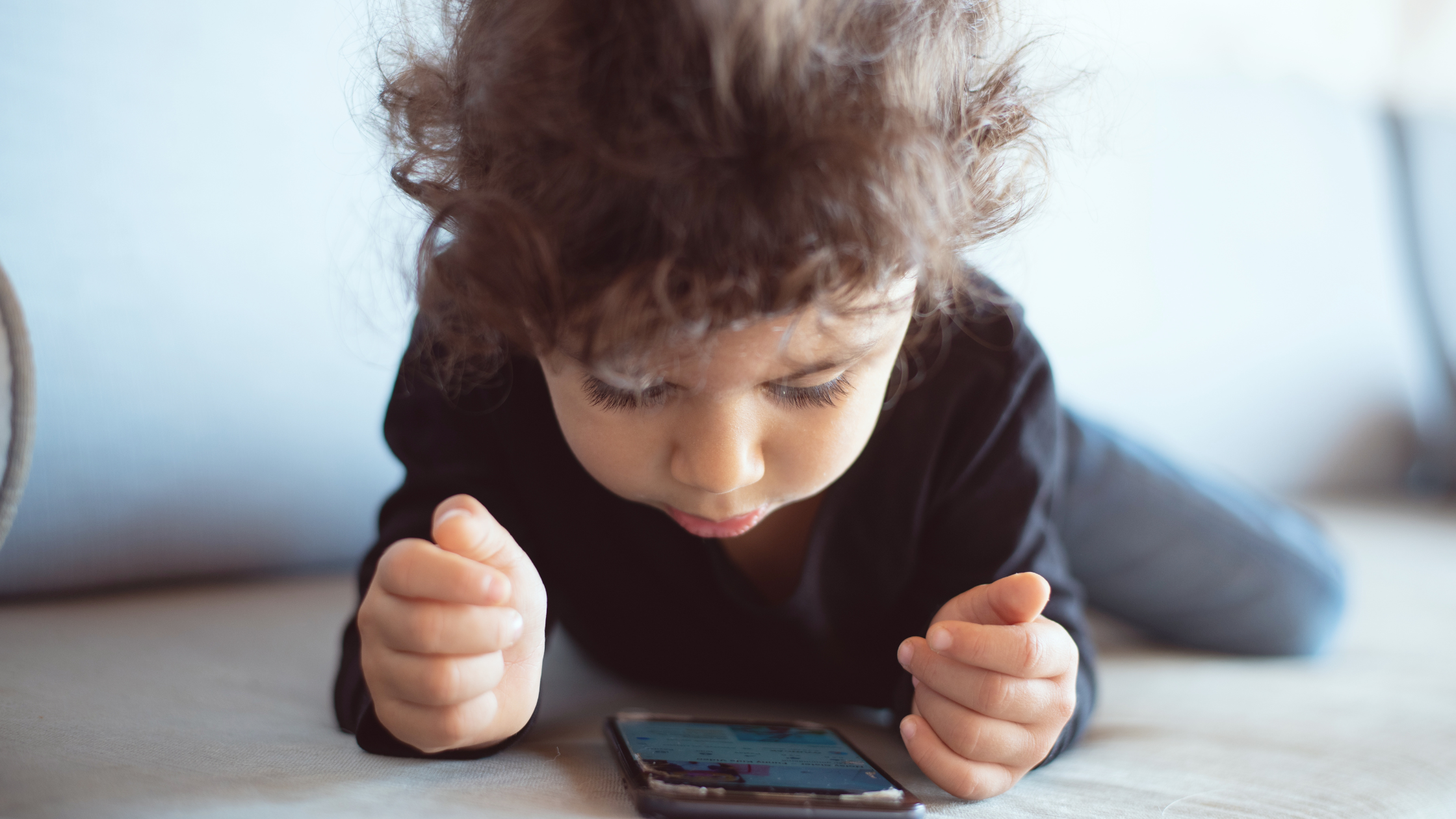Written by Cindy Hovington, Ph.D. Founder of www.curiousneuron.com and host of the Curious Neuron Podcast
Montreal, Canada
The newborn brain is developing at an incredibly fast rate. The environment plays a crucial role in a child’s brain development. A new parent might feel that it is too early to play and stimulate a newborn, but there are lots of activities that will help with brain development. I will highlight 10 activities you can do with your baby between the ages of 0-6 months. I intentionally did not divide the activities by age since every baby is different and will develop at their own pace. As a new parent, keep referring to the Developmental Milestones during the first 5 years of your child’s life. If your child appears to have a delay in any aspect of development, speak to your pediatrician immediately.
Developmental milestones for 0-6 months:
10 activities that will stimulate your baby’s brain:
Serve and return:
Serve and return is one of the most important things a parent can do to help with their child’s brain development. It is based on responding appropriately to your baby’s cry, babble or gesture by responding to them with a hug, eye contact, smile, or speaking to them. Being aware of serve and return helps parents become sensitive and responsive to their child’s needs, which provides an infant with a warm and stimulating environment.
Reading books:
Even if your baby is only a few days old, reading to them is another way to stimulate them. First, they are hearing you speak, which helps with language development. Even if it does seem as if they are listening, their brain is still learning. Second, if you point to objects in the book as you speak of them, you are helping them develop their visual skills. When they begin to grasp objects with their hands, you can even take their hand and say “turn the page” and guide them to turn the page. Before you know it, they will do it on their own! Research has shown that reading 5 books a day to your child between birth and Kindergarten leads to a child having heard 1.4 million more words when they enter Kindergarten compared to children who were not read to! This, in turn, helps prepare them for reading and writing. For a list of books we recommend, click here.
Mirrors:
Playing in front of a mirror is a great way to help your baby learn to focus a little longer (seeing themselves is really exciting for them!) and to encourage them to “babble with another baby”! I would sit my children on the bathroom counter and chat with them through the mirror or add a little water to the sink and let them splash around. You can also place a small mirror against the wall right in front of your baby when they are doing tummy time. From my experience, this helps them spend a little more time on their tummy since they are curious about the new friend they found in the mirror.
Hand exercises (grasping):
Babies are born with a grasping reflex, but they don’t know how to do it consciously since they need to learn this. When babies as young as 2-3 weeks of age are awake, you can play with their tiny hands. When they open their hand, place a small object inside such as one of these toy rings (plastic or wooden). As they begin to open and close their hand on their own, give them small challenges by offering them something such as an Oball. As they improve, you can place a silk scarf inside a different type of ball for an added brain challenge (the goal is to get the scarf out of the ball).
Puppets:
At around 2 months, a baby will begin to follow moving objects with their eyes. To help with this milestone, you can use puppets when playing and speaking with your newborn. IKEA has some fantastic and inexpensive hand and finger puppets. You can tell your own story when using puppets, read a book and follow the actions of the main character, or simply talk to your baby while using a different voice and moving the puppet around.
Baby sign language:
When your baby wants milk, you can start introducing baby sign language to help them communicate their needs. You can begin as young as 5 months of age. In addition, when they begin to eat solid foods and drink water, you can introduce signs for “more”, “hungry” and “water”. The key to introducing sign language is to sign it every time you say the word. It will take weeks or even months for your child to learn, but once they sign for the first time, it will be wonderful! If you want to introduce the sign for “hungry”, when they point to food or cry because they are hungry, show them the food and ask “are you hungry” as you sign simultaneously. I taught both my kids sign language for a few words that really helped us communicate. Since they were able to ask for “more” or for “milk” even if they were 7 months old, they would cry less. They continued to sign with me the past 24 months, and the ability for us to communicate was truly special.
Skin-to-skin:
Skin-to-skin contact (when a naked baby is placed on a parent’s bare chest) is really important to help a baby build a bond with their parents and also helps with a baby’s development. There are many other benefits of skin-to-skin (click on the button below) including increased milk production for the mother and reducing crying for the baby and skin-to-skin is especially important for premature babies (see Kangaroo Care). If you are about to have a baby and would like to breastfeed, ask the doctors to leave your newborn on your bare chest until they begin to nurse on their own. Do as much skin-to-skin at the hospital and when you come home as well. You can dedicate some time every day to do skin-to-skin for the next few weeks for even months. Cover your baby with a blanket to keep them warm or use a special skin-to-skin shirt such as the VIJA Design Kangaroo Shirt. To view other models of babywearing shirts, click here.
Infant massage:
Another way to increase skin to skin contact with your baby is by giving them massages. I would massage my children right after their bath in the evening and I found that it helped them relax. On some days I would massage them 2-3 times as well since it added an activity for us to do together. I used some baby oil and I followed the instructions from a book called Infant Massage by Vimala McClure. There might be some infant massage classes in your area.
Tummy time:
You can begin tummy time with your baby as soon as you come home from the hospital. Tummy time helps reduce the risk of flat head syndrome and increases your baby’s strength. Some babies may not enjoy tummy time but keep doing it every day even if it is only a few minutes at a time (do it multiple times per day). Chat with them while they do some tummy time, place a mirror in front of them, read a book to them or play with some puppets to keep them entertained.
Executive function activities:
The term “executive functions” are cognitive or brain skills that are dependent on the child’s environment. According to research, the stronger these skills are before the age of 5, the better-prepared children are when they begin school. Executive functions skills, according to the Harvard University Center for the Developing Child, are defined as, the mental processes that enable us to plan, focus our attention, remember instructions, and juggle multiple tasks successfully. You can begin helping your child build these important skills as early as 6 months of age by doing activities such as playing peek-a-boo, hiding objects under blankets, playing imitation games, singing songs that also include some hand actions such as Itsy Bitsy Spider, or having conversations with them.
What to avoid when you have a baby:
Screen time or background Television:
Researchers and pediatricians are warning parents about the potential negative consequences of too much screen time in young children, especially in babies under age 2. Research studies have shown that this may contribute to attentional problems later on. In fact, the American Association of Pediatrics recommends zero screen time before the age of 2. Also, try to keep the TV off when a baby is awake since this has been shown to overstimulate their brain as well.
Arguing in front of babies
Even if an infant doesn’t understand what we are saying to them, research has shown that arguing in front of a baby elevates their heart rate and breathing rate since their body responds to the stress of people arguing. Being a new parent can be challenging, especially given the lack of sleep. This can lead to some difficult times in a marriage or a relationship. As parents, we need to be aware of the harm this can have on a baby’s brain and refrain from arguing in front of them as much as possible. If we argue too often with them around, it can have an impact on their brain’s stress system and they can become anxious and have difficulty calming themselves in stressful situations later on. For more info, click here to read an article.
Leaving them alone when they are awake
I often hear parents say that a baby needs to learn to be independent. Although this may be true to some extent, society has created too many objects that are used to leave babies alone and this can result in babies being alone for long periods of time when they are awake. Playpens, swings or exersaucer’s filled with all the bells and whistles to keep babies “entertained” are contributing to baby’s spending more time alone and getting less interaction with their parents and caregivers. If you need to prepare dinner, it is fine leaving your baby alone to play, but if the baby is being placed in a playpen a large percentage of the time they are awake, they are losing time to bond with you and to learn and allow their brain to develop. Speak with them when you are preparing dinner and don’t forget to interact with them since your interaction is truly the only “toy” they truly need!
Avoid toys that require batteries
A toy with a battery means it will probably make noises and flash some lights. When it comes to babies, they really don’t need this. Most of the time, these toys speak too quickly. They are better for a child who is older and can understand better. Also, these types of toys are “entertaining” your child rather than a toy that your baby uses to “entertain themselves”. You want them to learn to think for themselves and figure things out when they are “bored”. Wooden toys are great to have around them and if you want some noise, you can include rattles/rainmakers or small musical instruments that they need to move around to get the noise out of.












